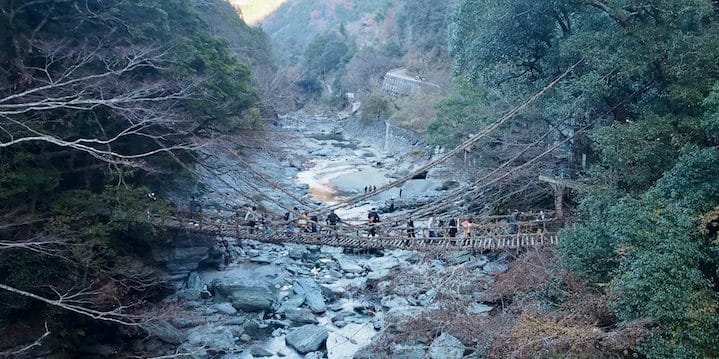
I have heard it said many times that certain far-away destinations—like Japan—are not worth visiting from America without ample time. Two weeks, people say—that would be enough. Any less, and it’s “not worth it.” It’s “for another time.” The trip’s over before it’s begun.
Each time a trip is deferred like this, the light infinitum of another unwritten adventure, stuffed for even a moment with the possibilities of a thousand lifetimes, fades out forever. In the Japan example, those lifetimes include the world’s best ramen, supermarkets employing robot sommeliers, tuna auctions fetching five figures a fish, wake-ups via onsen, and all the rest that has led at least one of your friends to long for the place with such urgency. As with anywhere, deferring Japan also means deferring places in Japan not yet known to you.
In December, I went to Japan for just four nights. I’d have preferred to stay maybe a year, or more nights than four, but I did not have that kind of time. With an invite from the Japanese tourism office, I simply went to Japan and took it from there. Jetlag beat me up, but I managed to make memories not only in Tokyo but also further south in Tokushima, a place I had not previously thought to visit. Tokushima is a prefecture of slow living on the eastern edge of Shikoku, one of Japan’s main four islands. Its onsens and high sandstone gorges provided an amazing and steadying contrast to Tokyo’s future-is-now bacchanal.
What’s a prefecture? Japan has 47 prefectures, which can be thought of like states. Three (Tokyo, Osaka and Kyoto) are simply metropolitan areas.
To be sure, you should go to Japan for longer than four nights. You should give Tokyo—relentlessly, bottomlessly exciting—all the time you can afford it, and you should read this post about a great day there. But you should also consider prying deeper. If four nights is all you have, Japan will still open to you adventures worth a 14-hour flight and then some—including in Tokushima. Here are ten things to do in the prefecture of the whirlpools:
Getting to Tokushima: From Tokyo, Tokushima is an hour’s flight via Japan’s easy domestic flight apparatus. Alternatively, it’s 40 minutes from Osaka by bullet train. Here’s more on getting there.
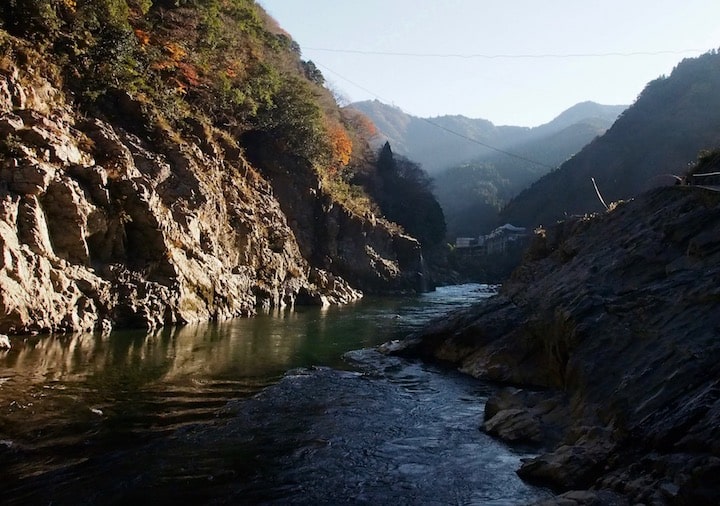
1. Cruise the Oboke and Koboke Gorges
The Oboke and Koboke Gorges are a solid two-hour drive west toward wilder earth from Tokushima Awaodori Airport. Between their steep sandstone walls, the rest of Japan—especially the one of neon lights and busy intersections—feels far away. Travelers from at least 100 countries have found their way to the waters rushing through the heart of them. A low-intensity 30-minute cruise (¥1,080) is the way to go.
Tip: On a direct trip to the gorges from the airport I suggest stopping at Yoshinogawa Oasis, which is a glorified rest stop with a karaoke stage, ramen and tasty beef sukiyaki (thin strips that you cook in a soy-sugar broth and mix with raw egg)
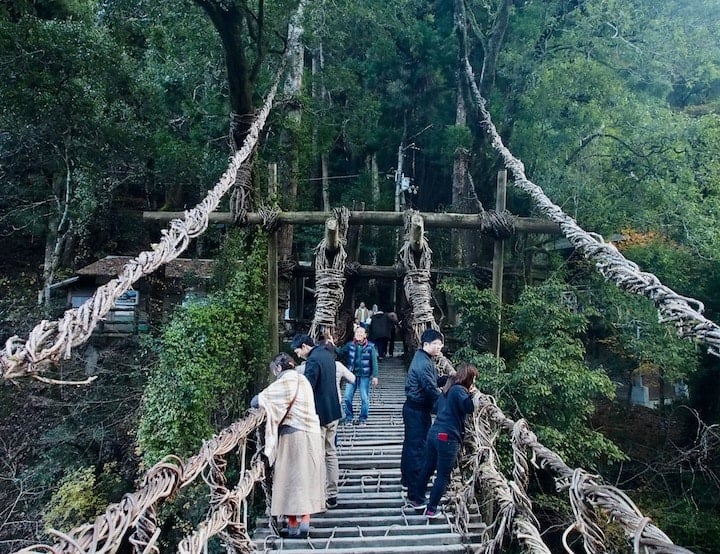
2. Walk the Iya Vine Bridge
The Iya Vine Bridge is straight out of myth, of fiction. Tightly bound vines from the jungled banks are the skeleton and the skin of this over-water walkway, which hangs and creaks with every step. If you’re afraid of heights or of bridges you can fall through, know that most people cross it at a snail’s pace. There’s also a pretty waterfall on the far bank.
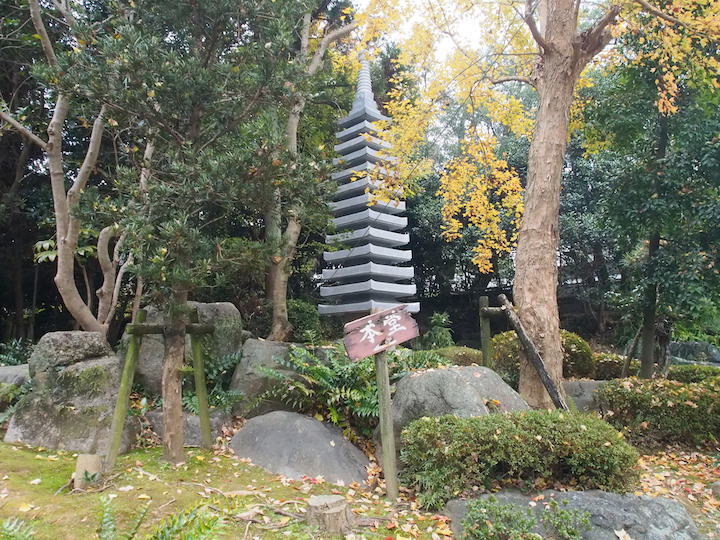
3. Visit Ryozenji Temple
Ryozenji Temple is the first of the 88 stops on the island of Shikoku’s 750-mile, UNESCO-hopeful temple route. Hundreds of thousands of pilgrims complete the circuit each year, many in white, but in the absence of a month of free time, a visit to one temple should do. Ryozenji Temple is by the official list the starting point, so it’s a good choice. The gentle curves of the temple and its grounds and its 8th-century backstory make Ryozenji a place for both awe and reflection.
Shikoku: The island of Shikoku is the smallest and least populous (under four million people) of the four main Japanese islands (seen on a map). It includes four prefectures: Ehime, Kagawa, Kōchi, and Tokushima.
4. Take a morning onsen
Onsen refers to a hot spring bath in the Japanese tradition. Geologically active Japan is bubbling with hot springs, including in Tokushima, and so it follows that the Japanese have cultivated a significance around them. Start a morning with one and you’ll start to get it. The etiquette (like no tattoos!) is rather perplexing, even intimidating (here’s the BBC’s guide), but don’t hold back. I was told that a hotel in Tokushima, a hotel should have a good onsen above all. Hotel Obokekyo Mannnaka, where I stayed, has a good onsen.

5. Wander Oasa Hiko Shrine
Mere minutes from the Naruta German House, inside which is told the surprising tale of the German prisoners of war thriving in Tokushima during WWI, is Tokushima’s largest Shinto shrine. Shinto is founded upon a respect for the nuanced infinite of the natural world, which makes the triumphs of its shrines particularly accessible to outsiders. That was certainly the case here. In its late autumn colors, Oasa Hiko Shrine became my favorite place in the prefecture. There are some truly staggering trees here. I also witnessed the shrine’s priest blessing a man’s new Lexus, which was interesting.
6. Touch famous art at the Otsuka Museum of Art
I have to say that for a museum financed in full by a pharmaceutical company, the Otsuka Museum of Art has a lot to be proud of. Replicas of the world’s most famous and elusive works—more than 1,000 from 190 museums—have been cut with precision into ceramic to great effect. None to my knowledge are originals, but in imitation are true-to-size productions of the Mona Lisa, The Scream, Starry Night, Guernica, The Last Supper, and all the frescos of the Sistine Chapel. A point was made on my visit of clarifying that I was allowed to touch nearly every piece in the museum’s collection, which I did not expect.
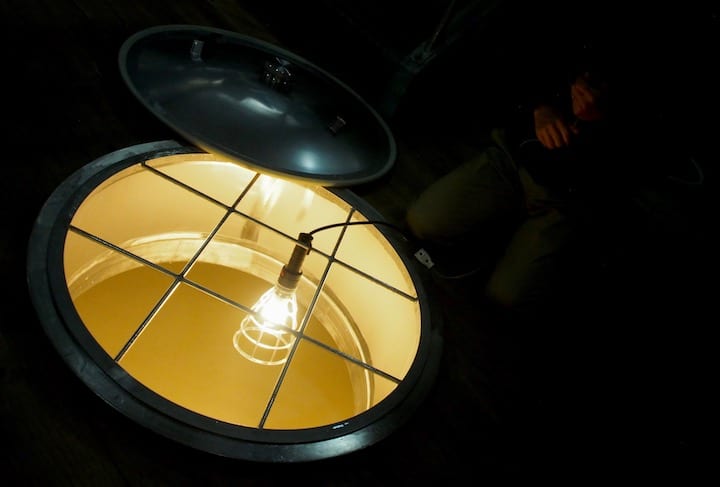
7. Taste sake at Honke Matsuura Brewery
Want to learn about how sake is made? At more than 200-years old (born in 1804), Naruto’s Honke Matsuura Brewery is Tokushima’s oldest sake brewery. History hung in the air like steam as I walked in borrowed synthetic shoes through a tour of the facility, which from the outside kind of looks like a big house with tons of places for storage. I found the tour enlightening and the sake ice cream surprisingly good. My assigned liaison was a generous and proud man who led me toward better sake understanding with a fun tasting at the end. Arigato gozaimas for that. Tours (which run up to an hour) need to be reserved at least three days in advance.
8. See a show at the Awa Odori Museum
Tokushima has a famous dance, and you’ll probably hear about it if you talk to anyone at all while there (there’s some English, though arranging a English-speaking guide in advance is smart). Every night at 8pm, the stage atop the Awa Odori Musuem in Tokushima City hosts an honest and interactive performance (¥1,000) introducing awa dori—which is nearly a millennium old—to the unfamiliar who trickle in from across the world (but mostly Japan and Taiwan). Read more about the dance here.
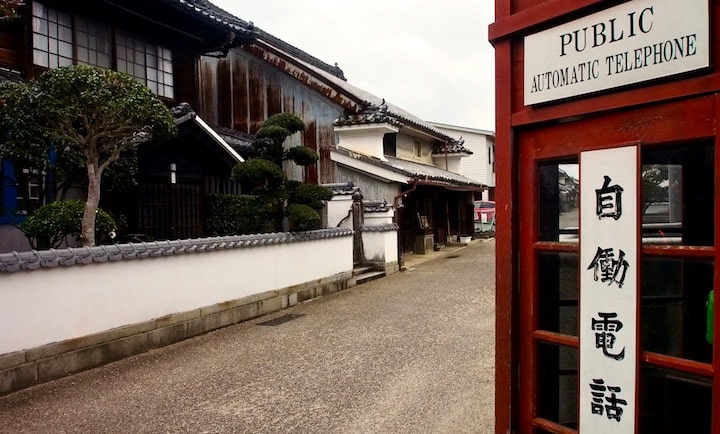
9. Visit Udatsu Street
In the west of Tokushima, Mima’s ancient Udatsu Street is in places hundreds of years old and still postcard-perfect. The houses of the old indigo merchants that once lived and profited here now hold treasures like handmade bamboo umbrellas and master craftsmen, as I found looking inside a few. You can shop for keepsakes (like the chopsticks I am to “never put in a dishwasher”), or just walk and learn (like about how 18th-century Japanese houses were fortified to prevent the spread of fires). For less than a half-mile, the time-warp is open to all who step into it. If you get hungry, there’s even udon, cake and coffee (I heard it’s good at Café Kodoya).
10. See the famous whirlpools
The local soccer team is named after these whirlpools, perhaps Tokushima’s greatest claim to fame. Beneath the silver bridge (which is in appearance a sister of the Golden Gate Bridge in San Francisco), two maritime forces collide: the sheltered currents of the Harima-nada Sea and the churning might of the Pacific Ocean. The result is a regenerating series of small (a few feet wide) whirlpools that kick out wildly from under the bridge. Across from the Otsuka Museum of Art, you can board a boat to putter around them (¥1,550).
Fact: ANA is All Nippon Airlines. Nippon in Japanese means “Japan.” I didn’t know this.
Bonus: Get ramen in Tokushima City
Here’s a list of five top ramen spots from the 100 or so spread across Tokushima’s capital (not bad for a city of a quarter-million).
More Japan: One Day in Tokyo, Japan

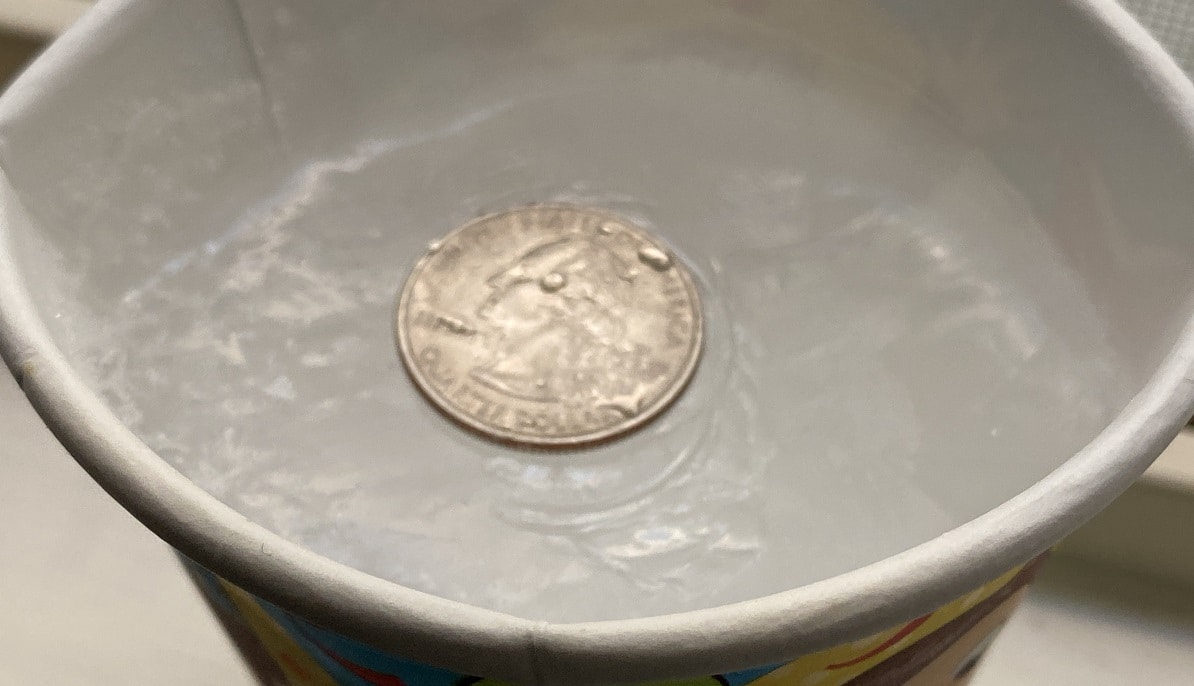
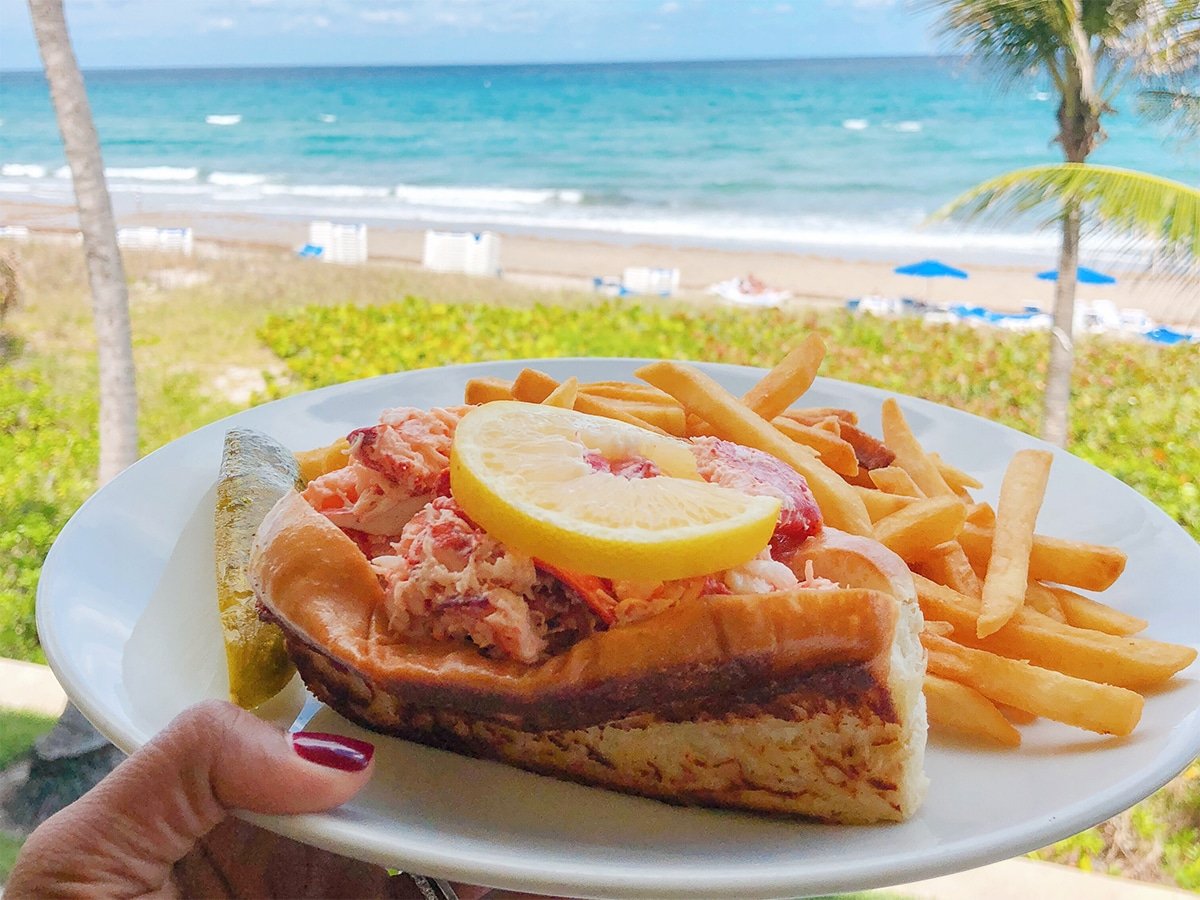
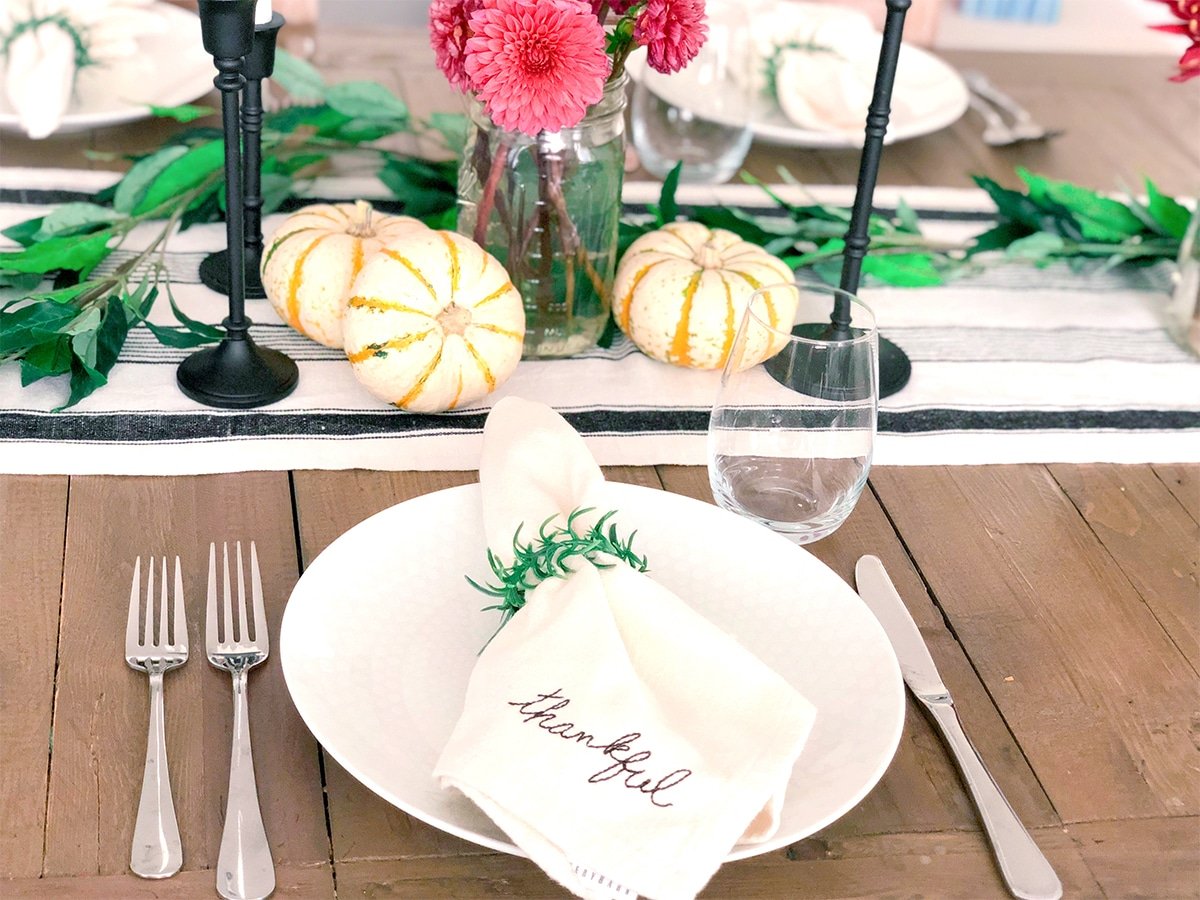
Perfect – we go to Japan in a few weeks and were looking for a couple of places to go not on the “usual” list. Thanks.